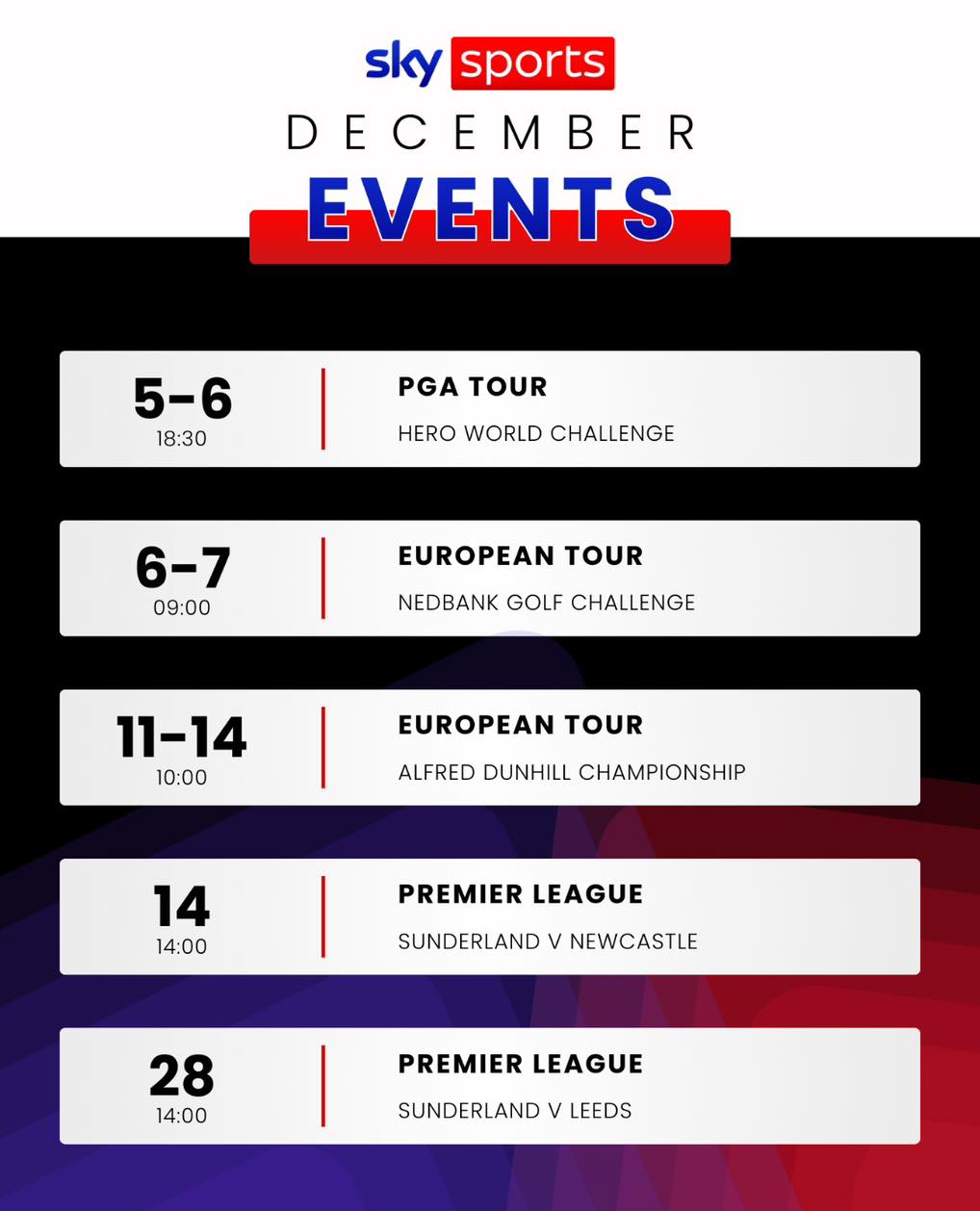Madelene Sagstrom came incredibly close to making an ace during a recent round, showcasing her precision and skill on the course. This near-hole-in-one moment highlights the fine margins that define professional golf and the excitement that comes with every shot.









